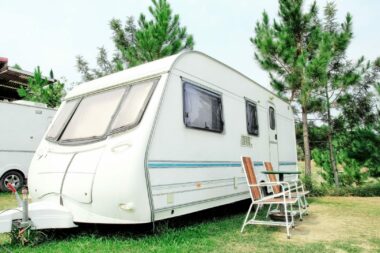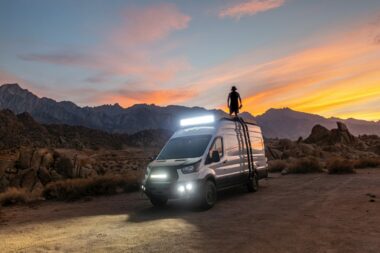Table of Contents Show
Knowing how to choose and use RV electrical adaptors properly is essential when exploring. Visiting various campgrounds assures that you’ll come in contact with an assortment of power supplies, and having the right RV electrical adapter onboard could save the day.
Imagine you’ve planned a whole holiday vacation for the family in your brand new RV. The drive to the campground was beautiful. The family laughed and enjoyed the travel time, but now they’re ready to set up shop at your chosen destination.
There’s one problem: The power supply at the campsite doesn’t match the cord running from your camper. What will you do? Take some time now to explore your options.
Understanding Your RV Electrical Adaptors
It’s essential to understand your RV electrical adaptors because you can do some real damage to your RV’s electrical system by making the wrong connections.
Breakers typically chaperone the flow of electricity in your RV and on the pedestal connected to the RV. However, there are still ways to fry your wires, or connector cords, and even start an electrical fire.
For instance, say you’re using an RV electrical adaptor that is making it possible for you to plug your 30 amp RV plug into a 50 amp pedestal. The pedestal should only kick a breaker after 50 amps of power, which means 50 amps could push into your 30 amp RV extender.
If that happens, you could end up with a fried cord and no power running to your RV. Instead, you would need to be mindful of what you’re turning on inside of the RV so as not to overpower the cord you are using.
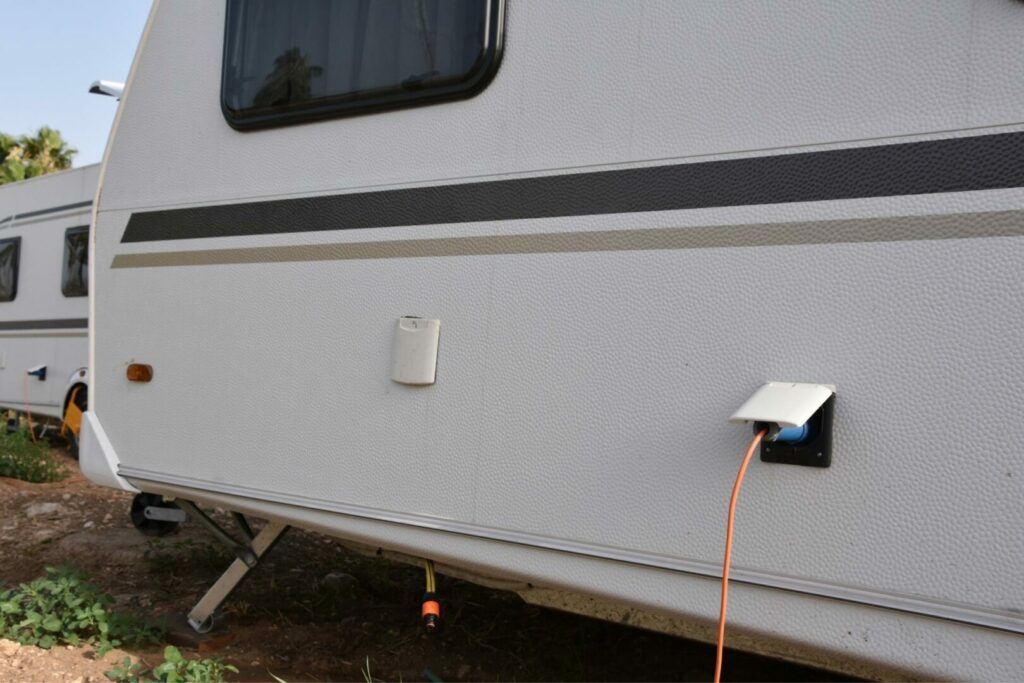
Pro Tip: Feeling a bit confused about all this electrical talk? Try starting with the RV Wiring and Electrical Guide for Newbies.
When Should You Use RV Electrical Adaptors
You can use RV electrical adaptors in many different instances. They’re pretty handy, and having the correct connector on hand is an excellent way to ensure your travel party has power.
RV electrical adaptors come in many different shapes and sizes, with just about any combination of female to male plugs you could encounter as you travel.
If you want to charge your fridge to cool it down before you head out on the road, you can use an electrical adaptor that pulls the power supply down to 15 amps. Having the correct adapter makes it possible to plug up at your home before hitting the road. However, you’ll only have 15 amps to work with inside the RV.
If your RV power supply cord doesn’t match the input on the pedestal at your chosen campground, you will need RV electrical adaptors to tap into the electricity offered onsite. Having an array of different connectors in your travel toolbox will give you the best odds of escaping trouble along the way.
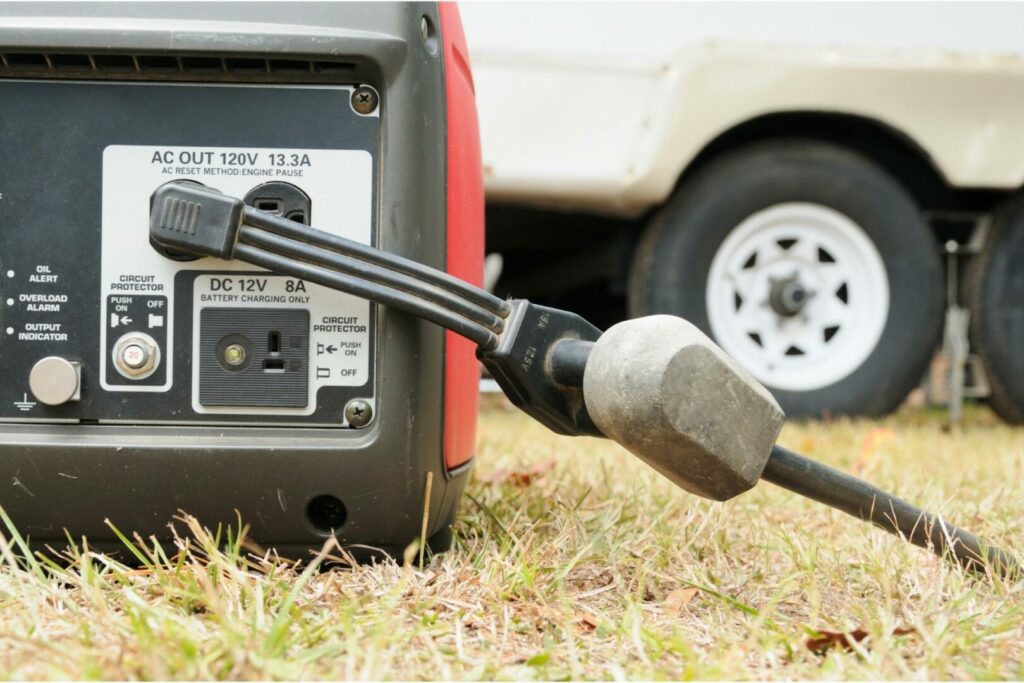
15 Amp vs 30 Amp vs 50 Amp
A 15 amp adaptor will allow you to plug your RV into a standard household plugin. You won’t use this type of adaptor often, but it’s nice to have one when you need it. You can find 15 amp male RV electrical adaptors that run to a 30 amp female plug.
There are also 30 amp male adaptors that flip to a 50 amp female insert. Some 50 amp male adaptors may convert to a 30 amp female insert. Those aren’t the only combo adapters you can find on the market, either.
Pro Tip: Here’s how to safely plug in your RV at home.
How to Tell What Kind of Amperage Your RV Has
There are two simple ways to check what type of amperage your RV utilizes. The first way to check is to look at the breaker box. Inside the breaker box, there should be a sticker or label that plainly states the information.
The second way you can tell whether your RV is a 30 or 50 amp vehicle is to look at the cord used to provide power to the unit. A 30 amp RV will have a cord with three prongs, and a 50 amp RV will have a cord with four prongs.
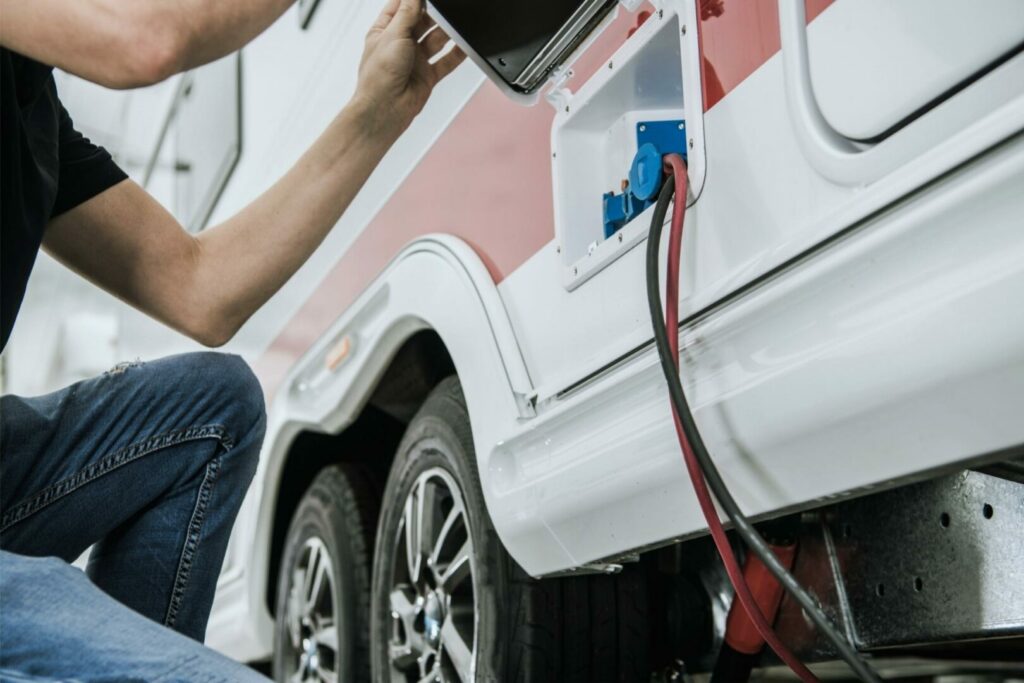
Dog Bone vs Adapter Plug
The difference between an RV adapter plug and an RV adapter cord is simple. There is a cord separating each connection point on a dog bone connector.
A typical RV adapter plug is a connector that has one male connector on one side and a female input on the other. It’s a more compact piece.
You can also find RV electrical adaptors that have a hard 90-degree bend in the design. This makes it easier for certain RV styles to connect to a power source.
Pro Tip: Along with adaptors, we think you’ll find this list of electrical accessories shockingly useful.
What RV Electrical Adaptors Should You Keep in Your RV?
The answer to this question is subjective. You should keep the kind of RV adaptors that match the power cord on your RV. If you have a 30 amp RV, get all the adaptor options that fit a 30 amp RV. Store them in your onboard toolbox. It’s better to have more options than not enough.

How to Plug in Your RV Adaptor
Plugging in the adaptor of your choice is simple. The female side of the adaptor is where you plug up the main cord coming from your RV unit. Once that’s done, plug the male side of the adaptor into the power pedestal provided at your campsite.
RV Electrical Adaptors Are Essential
Now you know a bit about how RV electrical adaptors work, and you’ve equipped yourself with another tidbit of knowledge that will help you along your journeys.
Which campsite will you visit next?





